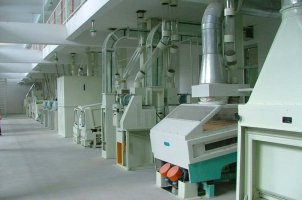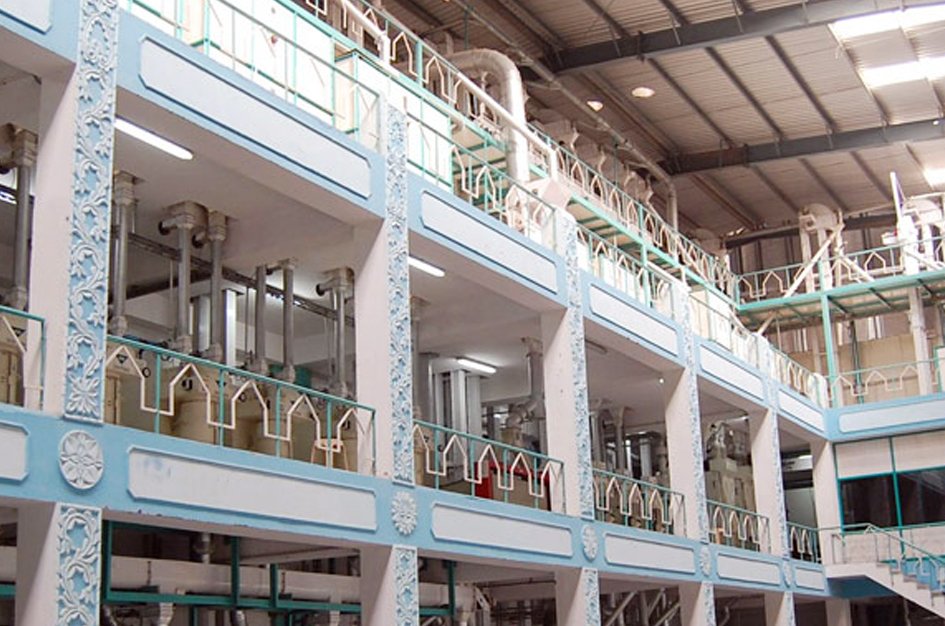About 65% of India’s population consumes rice, making it one of the most important food crops in the country. Rice, in its raw form cannot be consumed and therefore, the need for processing surfaces. Typically, a milling process involves 3 basic stages:
- Husking
- Whitening/polishing
- Blending, grading and packaging
In modern mills, a number of additional adjustments are present that not only ease out the process, but also produce better quality rice with higher yields. Modern milling process involves:
- Pre-Cleaning: Separating impurities and unfilled grains
- De-Stoning: Removing stones from paddy
- Husking: Removing husk from paddy
- Husk Aspiration: Husk separation from unhusked paddy/brown rice
- Paddy Separation: Separating unhusked paddy from brown rice
- Polishing/Whitening: Removing bran layer and germs and improving the appearance
- Separating white rice into head, large and broken rice
- Mixing: Determining the mix as required by the customers
- Rice weighing and packaging
Milling Objectives:
- Producing edible rice, i.e. free of husk, stones, and other unwanted materials
- Minimize grain breakage and wastage
- Maximize the rice yield
Occupying about 37% of the total cropped area, rice milling is the oldest and the largest agro-industry in India with an annual turnover of Rs 25,500 crore, the major export destinations being Saudi Arabia, UAE, Kuwait and Iran. Rice accounts for 44% of the total grain production in the country, West Bengal being the largest producer (16%), followed by Uttar Pradesh, Andhra Pradesh and Punjab accounting for 13%, 12% and 9.47% respectively. The milling industry processes about 85 million tons of paddy every year proffering food grains to about 65% of the population.
Prior to starting a rice milling business, you need to obtain several licenses and permits from the concerned government authorities. You have to:
- Register your business with Registrar of Companies
- Udyog Aadhaar Ministry of Micro Small and Medium Enterprise (MSME) registration
- Avail factory license
- Consent to establish and operate from Pollution Control Board
- Apply for license according to Rice-Milling Industry Act, 1958
- VAT registration
- PFA and ESIC registration for employees
- IEC registration for exports
Machinery Required:
- Paddy cleaner and aspirator with damper controls and double fans
- Paddy shelter
- Paddy separator
- Blowers aspirators
- Husk aspirators
- Barn aspirators
- Paddy polishers
- Rice aspirator/grader
- Bucket elevators
Nextech Agri Solutions is the leading technical consultant for rice milling industry with years of experience on latest rice milling technologies. They offer comprehensive solutions for all your rice processing needs. Contact them for further details.
 MAIL US :
MAIL US :
 CALL US :
>
CALL US :
>

